D.C. Theatre Week aims to amplify diversity and accessibility in theater across the District, and the John F. Kennedy Center for the Performing Arts not only participates in the event but prioritizes inclusion in all its efforts.
Theatre Washington’s Theatre Week runs from Sept. 21 to Oct. 8 this year, with venues like the Mosaic Theater Company and Ford’s Theatre Society also participating.
In recent years, diversity and access have become a larger discussion within the D.C. theater community. From diversity in audiences and the theater world, to the subject matter and medium, the Kennedy Center continues making conscious, concrete efforts to expand programming.
Its ‘Social Impact’ programming includes free performances at Millennium Stage on Wednesday through Saturday evenings.
“In ‘Social Impact,’ we take a really intentional approach with our curation, just making sure we’re covering as many cultures and backgrounds and artistic mediums as we can–as many stories as we can,” said Karina Galiano, program manager of Creative Alliances at the Kennedy Center.
Current programming at the center ranges from a free exhibit about Americans against apartheid, a video series on Black radio, and a comedy show, to a re-telling of Mulan through dance.
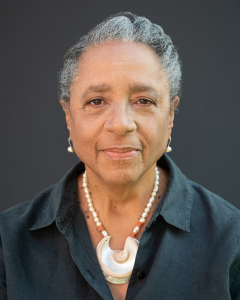
and proud member of the D.C. theater community.
(Courtesy of Caleen Jennings/Teresa Castracane)
Caleen Jennings, former director of American University’s Theatre and Musical Theatre Program and long-time member of the D.C. theater community, said the Kennedy Center has put forth serious diversity and accessibility efforts over the past several years.
“The Kennedy Center has been a place that has nurtured and put the spotlight on diversity in many forms,” Jennings said. “It’s really been at the heart of diversity efforts for a long time.”
The ‘REACH,’ the center’s newest addition, is a less traditional theater space that allows more collaboration and artistic experimentation.
Jennings said it architecturally breaks down the foreboding white walls of the main building and opens up the campus, making the Kennedy Center feel more accessible.
“Their doors have been open on so many levels. They’ve held huge convenings of playwrights, many of whom are playwrights of color,” Jennings said. “They are the nation’s theater, literally, but they also have a hand in the local theater scene. I would say they’re very actively engaged.”
The last performance of “Image China: Dance Drama MULAN” Sunday drew a large crowd, many of whom attended because of the unique depiction of the well-known story, and the representation provided by the show.
“It’s just really nice seeing my culture represented here and I think it means a lot and it’s really spreading things around to everyone,” said Angela Chen, an audience member.
The Chinese dance drama–produced in part by China Arts and Entertainment Group’s cultural exchange initiative–told the story of Mulan’s strength in her pursuit of love and peace through a wordless performance.
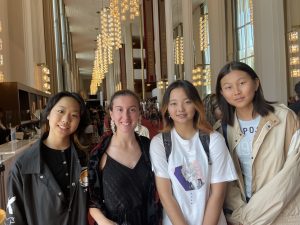
Jiasen He, another patron of the Mulan show, said she hadn’t been to the Kennedy Center since before COVID-19 and that she’d only seen more traditional shows compared to the current performance offerings.
“I feel like it’s really diverse in terms of theater because when you think of theater you usually think of “Hamilton,” “Six,” stuff like that,” she said. “Mulan is more about showing dialogue through movement and dance, and it’s really versatile and fluid.”
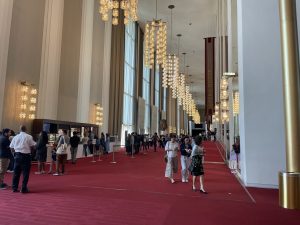
As the end of D.C.Theatre Week approaches, theaters around the District and nearby suburbs offer some free performances and tickets priced at $20, $40, and $60.
“Theatre Week provides a way to talk about the community in a larger sense, and to get people to go to the theater and explore, and find a theater that’s a good one for them,” said Amy Austin, chief executive officer and president of Theatre Washington–the alliance of theatre-makers, organizations, and supporters that put on Theatre Week.
The Kennedy Center participated during the first part of Theatre Week with discounted tickets to “Moulin Rouge” through the end of the show’s run at the center last week.
“The Kennedy Center is a really supportive partner,” Austin said.
While Jennings said there’s still progress to be made, D.C. theater has come a long way in terms of diversity and access.
Outsiders may not see much of a difference, but these changes are a big deal in the theater world, she said.
“There’s been recognition of the fact that when you get a multicultural group of people in the room to do theater, there are certain things that are obvious and not so obvious about how people need to relate to one another and the kind of resources they need,” Jennings said.

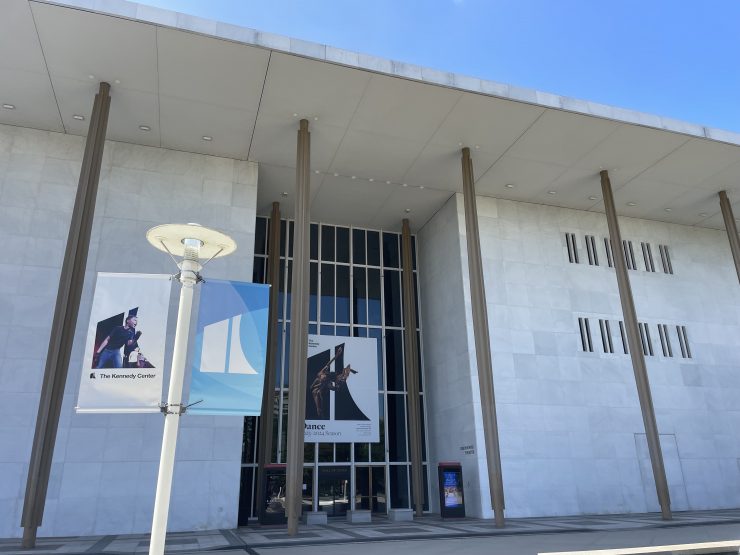
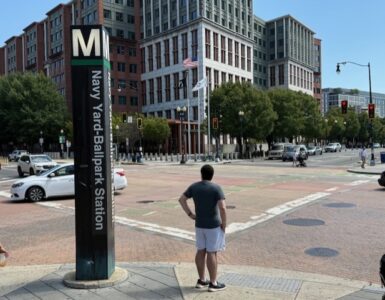
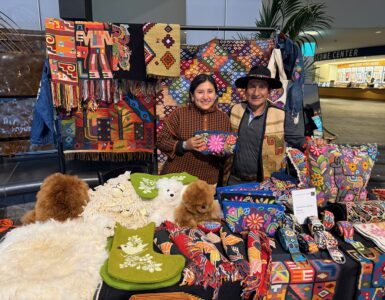
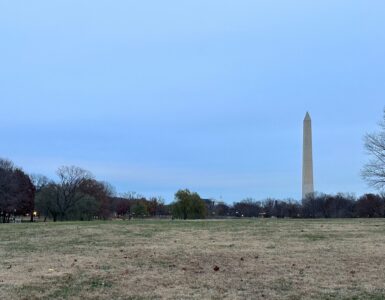










Add comment